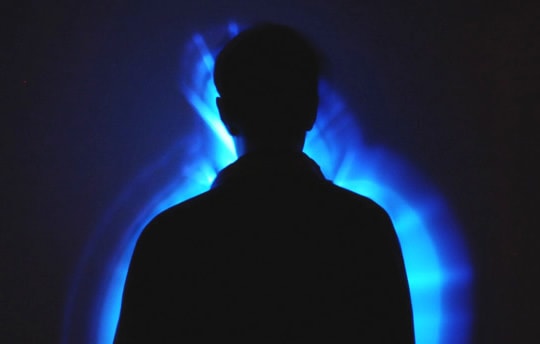
Aura visualization systems have become increasingly sophisticated and easy to use. They create beautiful aura imagery that practitioners can interpret according to aura traditions. One such system is the aura imaging system. Unlike traditional aura visualization cameras and videos that only rely on visual input, the aura imaging system relies on hand sensor input as well.
What are the Components of an Aura Imaging System?
An aura imaging system has a number of components that work together to provide an ideal aura visualization tool. The components of this system include:
Camera – The camera is a very important component of the system even though the aura imaging system will take sensory input from the hand sensor as well. The camera takes the visual input and captures the image of a person’s portrait in real-time. If you want to get ideal results, you should sit in front of the camera while you use the hand sensor to create the complete visualization.
Hand Sensor – The hand sensor is an important aspect of the system because it converts data collected from your hand into a digital form that the software and proprietary algorithms can understand and use. You need to place your hand on the sensor with your fingers positioned at the correct points. The sensor captures signals from your hand and sends the data to the computer.
Aura Visualization Software – Software is absolutely essential to take the data from both the camera and the hand sensor and make it understandable. The software that comes with these systems don't just translate the input, but also provide additional information and visual displays according to aura traditions. This even assists people who want to explore and interpret aura imagery to better understand the visualizations and prevent aura visualization mistakes.
While an aura imaging system can help you learn about auras, having a thorough understanding of what aura colors mean helps one use this system professionally. As mentioned above, the software will provide visual displays and include tables and charts according to aura traditions. Practitioners can explore these visualizations and compiled information to interpret aura patterns.
Of course, not all aura imaging systems are made equal. Some human aura cameras have videos and tutorials on how to use the system. You can watch these videos and compare different devices to determine which one is most suitable for your purpose. Always purchase the system from a reliable manufacturer. They often have a well-designed website, active blog, informative content and guides, and good customer service that will respond quickly and answer any questions you might have.
As you can see, this system is very powerful but straightforward to use. If you want to provide aura visualizations and deliver engaging imagery to your clients, you should consider purchasing this system.







